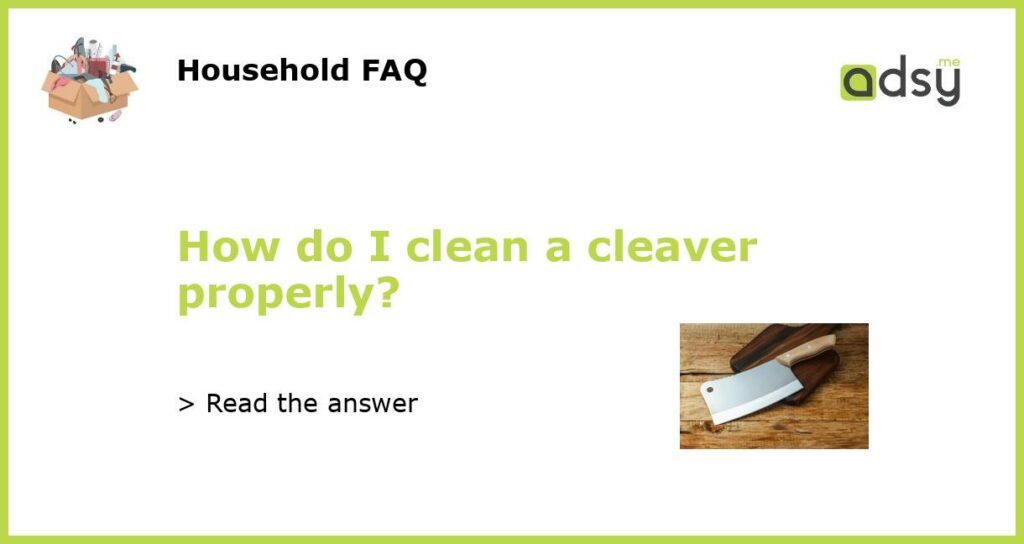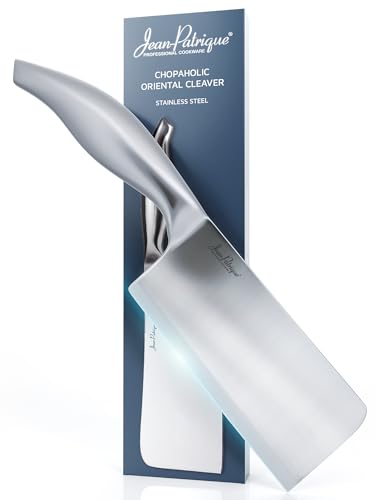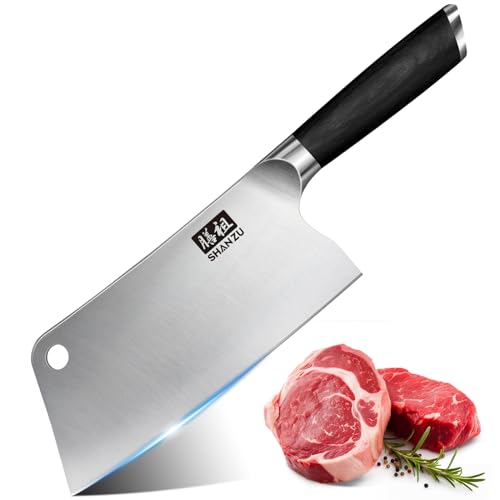Why Proper Cleaning of a Cleaver is Essential?
A cleaver is one of the essential tools in the kitchen, especially when it comes to chopping meat. But just like any other kitchen tool, it demands proper care and maintenance to ensure it lasts longer and functions effectively. Proper cleaning of a cleaver is a crucial aspect of its care routine that cannot be overlooked. If not cleaned properly or regularly, the cleaver blade can easily corrode, get dull, and lose its sharpness, which can be dangerous and hamper the cooking process.
Step-by-Step Guide to Cleaning a Cleaver:
Cleaning a cleaver may sound easy, but if done hurriedly or incorrectly, it may damage the blade or the handle, leading to unwanted accidents. Here is a step-by-step guide on how to clean a cleaver properly:
- Step 1: Remove any meat or debris from the blade’s surface, and if necessary, rinse it with water.
- Step 2: Use a sponge or a damp cloth to clean the blade’s surface.
- Step 3: Make a cleaning solution by mixing warm water and a few drops of dish soap.
- Step 4: Dip the sponge in the cleaning solution and wipe the blade’s surface gently.
- Step 5: Use a scrubber or a brush to clean the blade’s nooks and corners gently.
- Step 6: Rinse the blade thoroughly with water and dry it with a soft cloth or a paper towel.
Tips for Maintaining your Cleaver:
Aside from properly cleaning your cleaver, there are other tips to ensure it stays in tip-top shape for longer:
- Treat the blade with oil: After cleaning and drying the blade, use food-grade mineral oil or vegetable oil to coat the blade’s surface.
- Store it properly: Always store your cleaver in a dry place, and if possible, hang it using a magnetic holder or a cleaver stand.
- Sharpen the blade regularly: A dull cleaver blade can be a real hassle to use, so make sure to sharpen it regularly using a sharpening stone or a honing rod.
Precautions:
When it comes to cleaning and maintaining a cleaver, it’s essential to take certain precautions to avoid injuries:
- Wear gloves: Use cut-proof gloves to avoid cuts or injuries while cleaning the blade.
- Don’t use harsh chemicals: Harsh chemicals, including bleach or ammonia, can damage the blade’s surface or handle, so avoid using them.
- Avoid soaking the blade: Soaking the blade can lead to corrosion and rust, so avoid submerging the blade in water for too long.
A cleaver is an essential tool for meat lovers and professional chefs alike, and proper cleaning and maintenance of the blade and handle are crucial for optimal performance and longevity. With the simple steps and tips outlined above, cleaning your cleaver should no longer be a challenging task.






